Full disclosure: this post started out as a joke, and then it got real.
I was standing in my kitchen, thinking about a mashup of Game of Thrones and The Walking Dead. “Who would fare better in Westeros,” I wondered.
Then I noticed the character similarities between the two shows.
Jon Snow = Rick Grimes
Brienne of Tarth = Michonne
Tyrion Lannister = Daryl Dixon
Hmmmm… okay, so a few of the character types serve the same narrative needs in both shows. So what? It’s not like…
Arya = Carl
Sansa = Carol
Sam = Glenn
Ned = Herschel
Ramsay Bolton = Negan
… oh.
All right then.
“Wait a second,” I can hear you saying. “How are these characters even remotely the same? The two stories are totally different! One is a present-day dystopia in which flawed humans struggle to survive against each other and zombies, while the other is a medieval dystopia in which flawed humans struggle to survive against each other and zomb–HEYYYYYY waitaminute…”
And sure, these characters obviously aren’t direct 1:1 matches, but their archetypes are worth considering in terms of their purpose within the larger narrative. Look closer at their similarities and this becomes more obvious.
Jon Snow = Rick Grimes
Jon Snow is a noble bastard who rises to power by virtue of being one of the only morally upstanding humans in the kill-or-be-killed cesspool that is Westeros. He’s perpetually torn between doing what he thinks is right and doing what will increase his power and keep his loyal followers safe.
Rick Grimes is a noble sheriff who rises to… okay, the rest is the same.
In narrative terms, Jon and Rick are the protagonists who are caught between virtue and power. They could tip in either direction, but we know deep down that they’ll always do the right thing — not because it’s necessarily the most interesting or “true” narrative choice, but because they represent the hope and optimism of the story’s creators in the face of nihilism. (Plus, the narrative includes plenty of other flawed characters who let us live out our desire to see good people occasionally do deplorable things without sullying the protagonists’ reputations.)
So, Jon / Rick is the Moral Protagonist.
Brienne of Tarth = Michonne
As the sword-carrying badass female leads who dispense justice and wisdom at the tip of a blade, both are Women Surviving in a Man’s World.
(NOTE: Brienne technically isn’t the female lead in GoT; that’s Daenerys. But Dani has been pretty far removed from the show’s central plotline for many seasons now, like she’s living in her own spinoff world that’s only now being folded back into the main narrative. Her story could literally have taken place off-camera this entire time and it wouldn’t have overlapped at all with what was happening on the mainland. Meanwhile, Brienne has had a direct impact on the lives and deaths of other main characters for years. Plus, she carries a sword, so.)
Tyrion = Daryl
Both are dark, glib, sexy outcasts who are infinitely more interesting than the male protagonists to whom they play second fiddle. They’re antiheroes, and they could easily have become outright villains if not for a spark of humanity that represents our own hope that terrible situations will bring out the best in the people who live in perpetual moral grey areas. (They also both happen to sport beards, unruly hair, and crossbows, but that’s… um… a coincidence.)
So, Tyrion / Daryl is the Cool Antihero Fan Favorite (Who Would Be the Lead if Not for the Protagonist).
(It’s worth noting that the Lannisters are mirrors to the Starks, and if the Lannisters do somehow end up in the Iron Throne, then Jamie and Cersei would be remembered as the Moral Protagonist and Woman Surviving in a Man’s World. History is written by the winners, after all.)
Arya = Carl
Both are Innocents Forced by External Circumstances to Grow Into Responsible Adults.
Sansa = Carol
Both are Initially Seen as Weak and Gradually Become Strong (But at What Price?).
Sam = Glenn
Both are Rays of Sunshine We Perpetually Fear Will Be Snuffed Out.
Ned = Hershel
Both are Wise Mentors Whose Beliefs Alter the Protagonists’ Motivations.
Ramsay Bolton = Negan
Both are Sexy But Psychopathic Villains We Love to Hate.
*
Okay, okay, so there are plenty of character and plot comparisons between two of the top-rated genre epics on TV. But should that really be surprising?
Not at all. Mostly because both shows actually follow a template you inherently recognize from 40 years ago.
Star Wars
Moral Protagonist = Luke Skywalker
Woman Surviving in Man’s World = Leia Organa
Cool Antihero Fan Favorite = Han Solo
Child Becomes Adult = (also Luke)
Weak Become Strong = Lando Calrissian
Ray of Sunshine = R2-D2 / C-3PO / Chewbacca
Wise Mentor = Ben Obi-Wan Kenobi / Yoda
Villain We Love to Hate = Darth Vader
Given that Star Wars has become the resounding storytelling success of the past half-century, it’s no wonder this template has worked its way into genre storytelling over the years. These days, it’s alive and well in the Marvel universe:
Marvel’s The Avengers
Moral Protagonist = Captain America
Woman Surviving in Man’s World = Black Widow
Cool Antihero Fan Favorite = Iron Man
Child Becomes Adult = Thor
Weak Become Strong = Hulk/Banner
Ray of Sunshine = Agent Colson
Wise Mentor = Nick Fury
Villain We Love to Hate = Loki
Well, sure, but it doesn’t work in every-
Marvel’s Guardians of the Galaxy
Moral Protagonist = Starlord
Woman Surviving in Man’s World = Gamora
Cool Antihero Fan Favorite = Rocket Raccoon
Child Becomes Adult / Ray of Sunshine = Groot
Villain We Love to Hate = Yondu*
*GooG dropped the ball by making every other villain one-dimensional; Yondu is a hero in the comics, but the film reboots him as a villain with a heart of gold, so he fits this mold most closely.
Okay, but that’s just one genre of –
The Wire
Moral Protagonist = Jimmy McNulty
Woman Surviving in Man’s World = Kima Greggs
Cool Antihero Fan Favorite = Omar Little
Child Becomes Adult = Michael Lee
Weak Become Strong = Roland Pryzbylewski
Ray of Sunshine = Preston “Bodie” Broadus
Wise Mentor = Lester Freamon
Villain We Love to Hate = Stringer Bell
Wait, hold on, you can’t apply this to-
Mad Men
Moral Protagonist = Don Draper
Woman Surviving in Man’s World = Joan Harris-Holloway
Cool Antihero Fan Favorite = Roger Sterling
Child Becomes Adult = Sally Draper
Weak Become Strong = Peggy Olson
Ray of Sunshine = Stan Rizzo
Wise Mentor = Bert Cooper
Villain We Love to Hate = Don Draper (oh, the irony)
Okay, now you’re just getting ridic-
Cheers
Moral Protagonist = Sam
Woman Surviving in Man’s World = Diane
Cool Antihero Fan Favorite = Carla / Frasier
Child Becomes Adult = Woody
Ray of Sunshine = Norm & Cliff
Wise Mentor = Coach
Hang on, how far back are you-
Lord of the Rings
Moral Protagonist = Frodo / Aragorn
Woman Surviving in Man’s World = Arwyn / Eowyn
Cool Antihero Fan Favorite = Legolas
Child Becomes Adult = Sam
Weak Become Strong = Pip & Merry
Ray of Sunshine = Gimli
Wise Mentor = Gandalf
Villain We Love to Hate = Gollum
Boy, once you see this pattern, it really-
Casablanca (according to the template)
Moral Protagonist = Victor Laszlo
Woman Surviving in Man’s World = Ilsa Lund
Cool Antihero Fan Favorite = Rick Blaine
Child Becomes Adult = The gambling couple
Weak Become Strong = Yvonne
Ray of Sunshine = Sam / Carl
Villain We Love to Hate = Captain Renault
Waaaaaaait though.
Notice that Casablanca actually subverts the Protagonist/Antihero/Villain dynamic from what we’d expect.
In a straightforward telling of this story, Victor Laszlo *would* be the hero because he’s the moral center of this universe. But the film makes antihero Rick the protagonist of the story, which means a) we get a much more interesting film [because Rick’s is the choice that the entire outcome hinges on], and b) we rescue the character of Renault, who would be a villain in Laszlo’s version of the story, and elevate him to the Cool Antihero Fan Favorite in Rick’s version of the story. (No, Major Strasser is not a Villain We Love to Hate; he’s just hateful. In Rick’s version of this story, that honor would go to Ugarte.)
Well, damn. So when did the first-
The Wizard of Oz
Moral Protagonist = Dorothy
Child Becomes Adult = Scarecrow / Tin Man / Cowardly Lion
Ray of Sunshine = Toto
Wise Mentor = The Wizard
Villain We Love to Hate = Wicked Witch of the West
L. Frank Baum was writing for children in 1900, so he didn’t have to tackle the Woman Surviving in a Man’s World or Cool Antihero Fan Favorite tropes yet, but the basics are still there. I wouldn’t necessarily say Oz was the beginning of this template, but I do think it was a turning point in normalizing the idea of a multi-character epic.
So, What’s It All Mean?
I would argue that the “Leia/Brienne/Michonne” and “Han/Tyrion/Daryl” roles (and the optional Weak Become Strong [But at What Cost?] character) are what separates modern epics — which tend to be built around ensemble casts and multiple subplots rather than a straightforward arc like Dorothy’s, or like Hercules before her — from Joseph Campbell’s traditional (lone) “hero’s journey” template.
Which means George Lucas and the Star Wars team didn’t just standardize Campbell’s “hero’s journey” for the masses; they recalibrated it by upgrading “damsel” and “sidekick” into parallel protagonists. Leia Organa and Han Solo are the characters who burned this template into our hearts forevermore. Without them, we wouldn’t feel the need for Tyrion, Brienne, Daryl, Michonne, Black Widow, Omar, or any of the other “supporting characters who would be more interesting heroes than the protagonist” that drive our modern epics.
Really, it’s that shift from solo to ensemble, and from moral singularity to moral relativity, that characterizes the last 40 years of pop storytelling. I’m curious to see how this will continue to evolve, especially as VR will soon give us the ability to “play” stories from multiple POVs — which means, going forward, every character *could* be the protagonist of her/his own story after all.
If You Liked This Post
… you may like my other Game of Thrones posts, or some of my screenwriting tips:
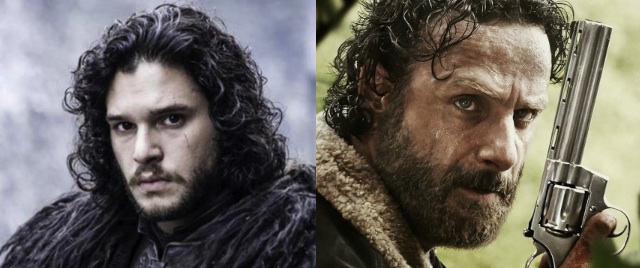
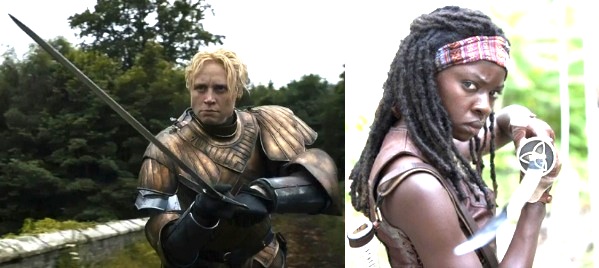
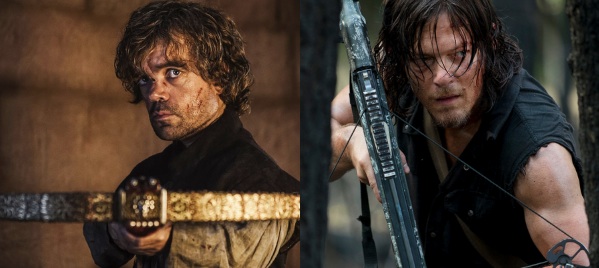
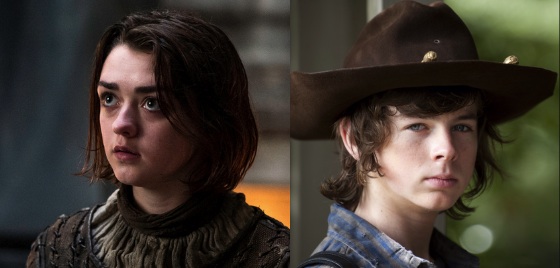
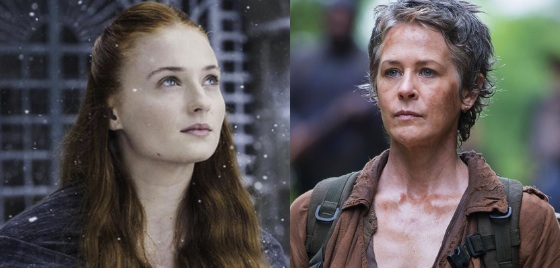
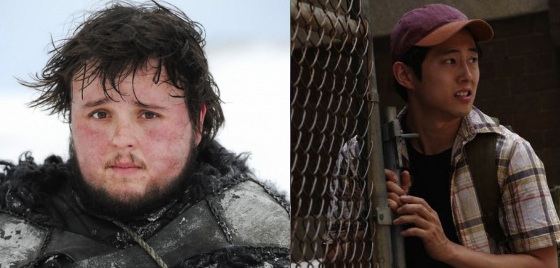
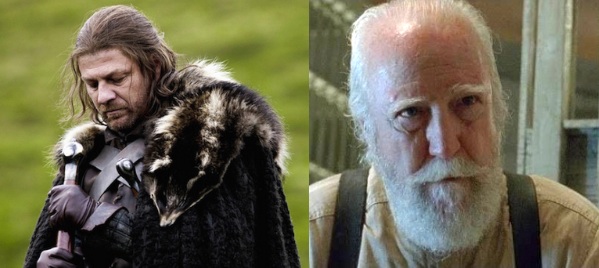
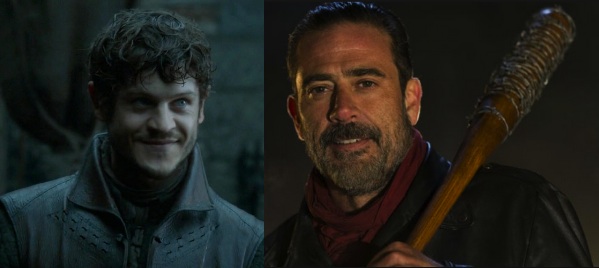
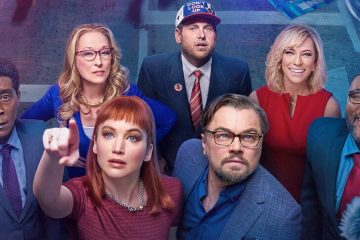
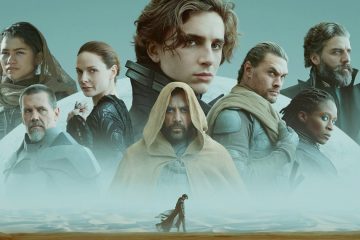
1 Comment
The Real Hidden Genius of Pulp Fiction – Justin Kownacki · November 26, 2016 at 1:01 am
[…] Why Game of Thrones and The Walking Dead Are the Same Show […]